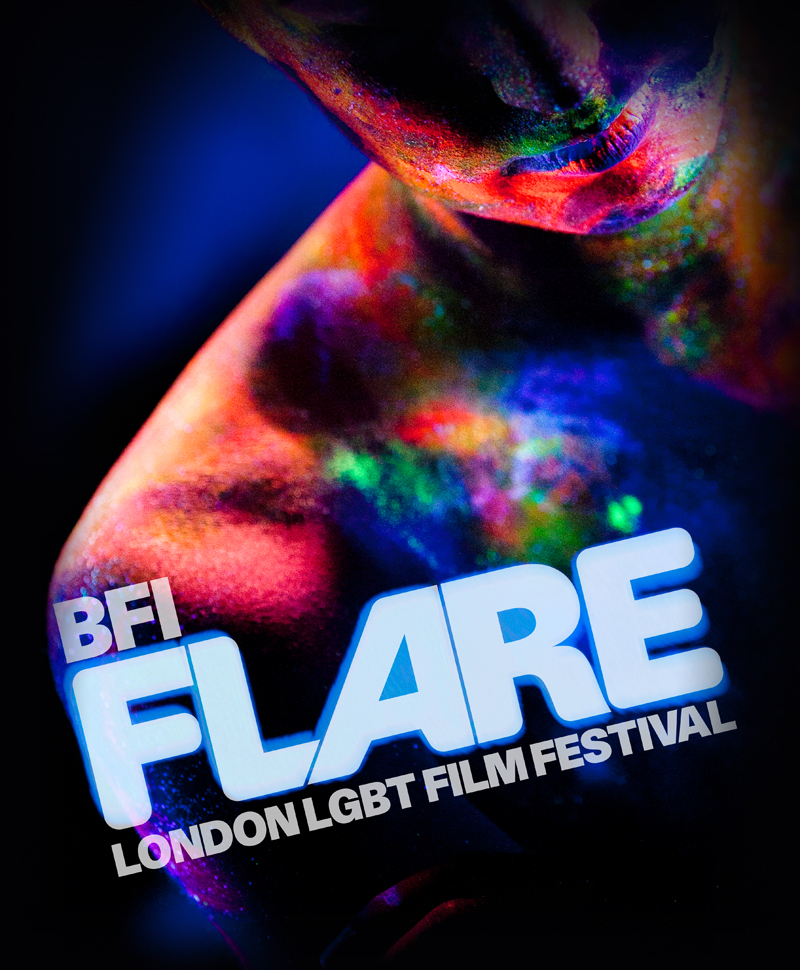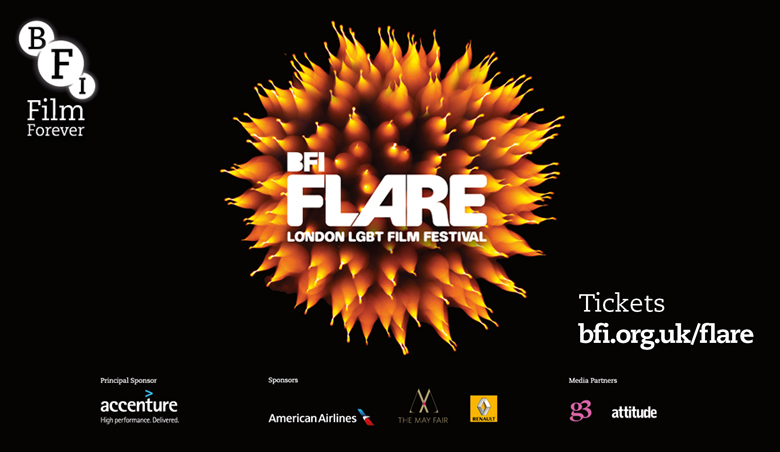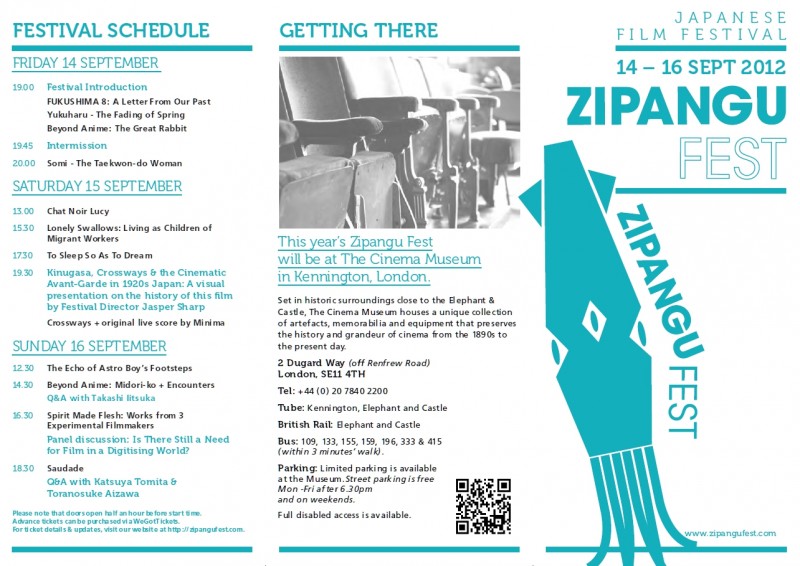Tsotsi Review
Camera movement:
I really like the way in which the opening scene starts. It starts off with the characters playing a dice game and shows little glimpses of it taking place. These shots were used to engage the audience into what is going to happen next and who are these characters playing. There were a lot of steadicam shots of Tstsi as he is walking (normally in the centre) and the camera focuses primarily on his facial expression and this convey the audience the feelings in which the character feels.
Dialogue:
The dialogue used was of a foreign African language which was hard to understand although there was subtitles at the bottom. This was because the characters would speak long sentences and it would be difficult to keep up with the pace of reading while the scene transitions (not giving the audience time to understand what the character had just said).
Music/Soundtrack:
The song choice used fits very well with the scene as well as filming general. The films is set around a black ethnic gangster group and the music choice is of African music which is parallel to the characters as well as to the scene. The songs were non-diegetic as the characters within the film can not hear the song playing in their world.
Sequences:
One of the best scenes through out the film was the opening scene of when the gang squad move from their hut to the train station. One reason why I like this sequence was because the establishing shots as well as the shots of the street members were done really well. In addition, the song choice really helped deliver the tone of power and dominance through the main characters (Tsotsi) movements as he walk's with his crew down the urban area.
Overall opinion:
I think that the general plot line was told very well and didn't seem to turn away my attention. Moreover, the actors portrayal of these characters really help deliver the sympathetic element from the audience and helps the audience to interact with this character through the acting the actors have done. Acting plays a key part in film as it helps the audience to understand the type of character he/she is and possible links with the storyline as well as audience relation.
I really like the way in which the opening scene starts. It starts off with the characters playing a dice game and shows little glimpses of it taking place. These shots were used to engage the audience into what is going to happen next and who are these characters playing. There were a lot of steadicam shots of Tstsi as he is walking (normally in the centre) and the camera focuses primarily on his facial expression and this convey the audience the feelings in which the character feels.
Dialogue:
The dialogue used was of a foreign African language which was hard to understand although there was subtitles at the bottom. This was because the characters would speak long sentences and it would be difficult to keep up with the pace of reading while the scene transitions (not giving the audience time to understand what the character had just said).
Music/Soundtrack:
The song choice used fits very well with the scene as well as filming general. The films is set around a black ethnic gangster group and the music choice is of African music which is parallel to the characters as well as to the scene. The songs were non-diegetic as the characters within the film can not hear the song playing in their world.
Sequences:
One of the best scenes through out the film was the opening scene of when the gang squad move from their hut to the train station. One reason why I like this sequence was because the establishing shots as well as the shots of the street members were done really well. In addition, the song choice really helped deliver the tone of power and dominance through the main characters (Tsotsi) movements as he walk's with his crew down the urban area.
Overall opinion:
I think that the general plot line was told very well and didn't seem to turn away my attention. Moreover, the actors portrayal of these characters really help deliver the sympathetic element from the audience and helps the audience to interact with this character through the acting the actors have done. Acting plays a key part in film as it helps the audience to understand the type of character he/she is and possible links with the storyline as well as audience relation.











